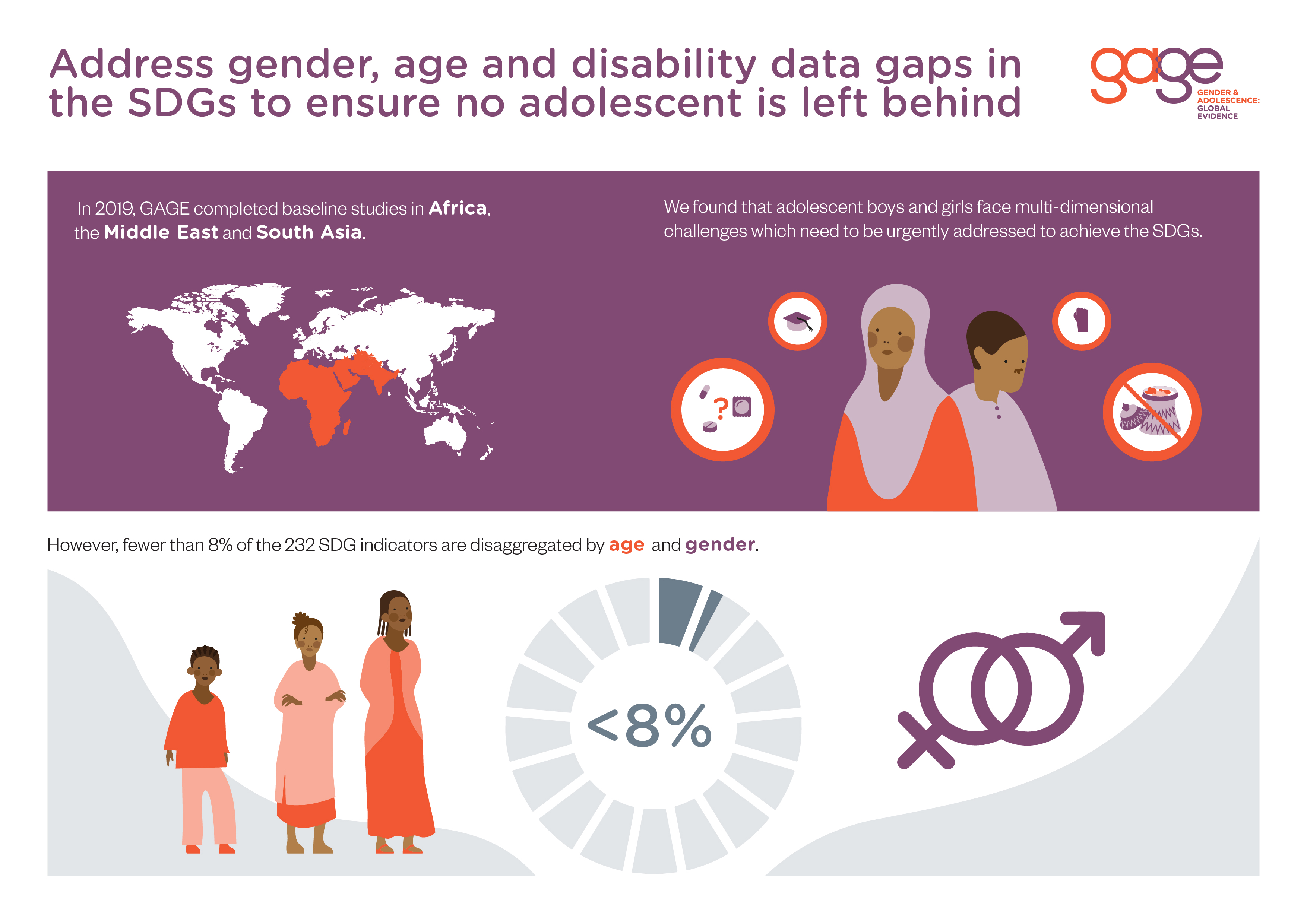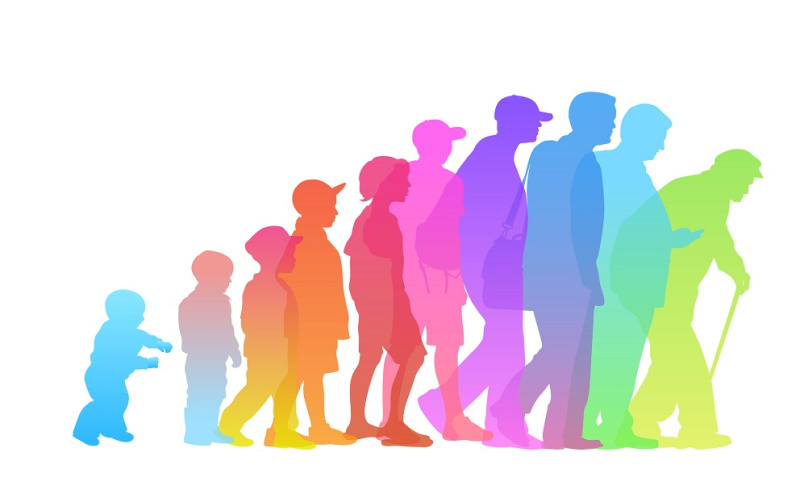Gender Dimension of Disability
### Unit V: Gender Dimension of Disability (9 hours)
This unit explores the gendered experiences of individuals with disabilities, with a focus on the intersectionality of gender, disability, and sexuality. It delves into the specific challenges that women with disabilities face, including violence and issues related to sexuality. The unit addresses how social, cultural, and legal frameworks shape the lived experiences of disabled women, and emphasizes the importance of recognizing their unique struggles and rights.
---
### **A. Experience of Women with Disabilities**
1. **Exclusion from Feminist Agendas**
- **Ghai (2002)**, in *Disabled Women: An Excluded Agenda of Indian Feminism*, discusses the ways in which disabled women have been marginalized both within the feminist movement and in broader society. Feminism often overlooks the specific challenges that disabled women face, such as social isolation, economic dependency, and limited access to education and employment. Ghai argues that disabled women’s experiences need to be integrated into mainstream feminist discourse in order to build an inclusive movement that addresses the needs of all women.
2. **Vulnerability Without Support in Nepal**
- **Dhungana (2006)** examines the experiences of disabled women in Nepal in *The Lives of Disabled Women in Nepal: Vulnerability Without Support*. Disabled women in Nepal often face extreme vulnerability due to the lack of social support, economic independence, and adequate healthcare. They are more likely to be excluded from educational opportunities and suffer from a lack of employment prospects, making them dependent on their families or the state. Dhungana emphasizes the need for stronger social protection systems and community support for disabled women in Nepal.
---
### **B. Violence Against Women with Disabilities**
1. **Silence and Paradox**
- **Chenoweth (1996)**, in *Violence and Women With Disabilities: Silence and Paradox*, discusses how violence against women with disabilities is often ignored or underreported. Disabled women are more vulnerable to abuse due to their dependency on caregivers, social isolation, and the societal perception that they are weak or incapable. Chenoweth highlights the paradoxical situation where disabled women are often silenced and their abuse goes unnoticed or is dismissed as less significant.
2. **Domestic Violence and Disability**
- **Mays (2006)** explores the intersection of disability and domestic violence in *Feminist Disability Theory: Domestic Violence Against Women with a Disability*. Disabled women are more likely to experience domestic violence, and they face unique barriers in seeking help, such as inaccessible shelters and services that do not cater to their specific needs. Mays calls for an expansion of feminist disability theory to address the prevalence of violence against disabled women and the need for inclusive, accessible services.
3. **CREA Research Report**
- The **CREA (2011)** report, *Count Me In: Violence Against Disabled, Lesbian, and Sex-Working Women in Bangladesh, India, and Nepal*, highlights the compounded marginalization faced by disabled women who belong to other marginalized groups, such as lesbian and sex-working communities. The report reveals that these women face intersecting forms of violence and discrimination and calls for a more inclusive approach to addressing violence that takes into account these overlapping vulnerabilities.
---
### **C. Disability and Sexuality**
1. **Rights and Recognition of Disabled Sexuality**
- **Shakespeare (2000)** in *Disabled Sexuality: Toward Rights and Recognition*, advocates for the recognition of the sexual rights of disabled individuals. Disabled people, particularly women, are often desexualized by society and denied the opportunity to express their sexuality freely. Shakespeare argues that sexuality is a human right and that society must recognize the sexual agency of disabled individuals and create an environment where they can experience fulfilling sexual lives without stigma.
2. **The Sociopolitical Economy of Disability and Sexuality**
- **Shildrick (2007)**, in *Contested Pleasures: The Sociopolitical Economy of Disability and Sexuality*, explores the complex ways in which disabled sexuality is regulated and controlled. Disabled people are often seen as asexual or hypersexual, depending on societal prejudices. Shildrick discusses how these perceptions shape the sexual experiences of disabled individuals, particularly women, and emphasizes the need for policies and practices that respect the sexual autonomy of people with disabilities.
3. **Experience of Motherhood for Disabled Women**
- **Khanal (2012)**, in *Experience of Motherhood of Disabled Women*, explores the experiences of disabled women who are mothers. Motherhood is often seen as incompatible with disability, and disabled women who become mothers face significant challenges, including societal stigma, inadequate healthcare, and a lack of support services. Khanal emphasizes that these women’s experiences must be recognized and supported, and that disability should not be seen as a barrier to motherhood.
---
### **Conclusion**
Unit V on "Gender Dimension of Disability" emphasizes the intersection of gender and disability, focusing on the unique challenges that disabled women face. It highlights their experiences of marginalization, vulnerability to violence, and the complex relationship between disability and sexuality. The readings in this unit provide insights into the ways that disabled women are excluded from feminist discourses, subjected to violence, and denied their sexual and reproductive rights. By understanding these issues, scholars and practitioners can work toward creating more inclusive policies and practices that address the specific needs of disabled women.
---
### Key Readings:
1. **Experience of Women with Disabilities**:
- Ghai, A. (2002). Disabled Women: An Excluded Agenda of Indian Feminism.
- Dhungana, B. M. (2006). The Lives of Disabled Women in Nepal: Vulnerability Without Support.
2. **Violence Against Women with Disabilities**:
- Chenoweth, L. (1996). Violence and Women With Disabilities: Silence and Paradox.
- Mays, J. M. (2006). Feminist Disability Theory: Domestic Violence Against Women with a Disability.
- CREA (2011). Count Me In Research Report: Violence Against Disabled, Lesbian, and Sex-Working Women in Bangladesh, India, and Nepal.
3. **Disability and Sexuality**:
- Shakespeare, T. (2000). Disabled Sexuality: Toward Rights and Recognition.
- Shildrick, M. (2007). Contested Pleasures: The Sociopolitical Economy of Disability and Sexuality.
- Khanal, A. N. (2012). Experience of Motherhood of Disabled Women.
Here are **top 10 potential exam questions** based on the topics from the units you've covered:
---
### **Unit I: Understanding Ageing**
1. **Population dynamics**: Discuss the global and national trends in population ageing from 1950 to 2050. What are the political, economic, and social implications of these trends?
2. **Definitions of ageing**: Compare and contrast the varied definitions and applications of ageing, including the concept of active ageing and its determinants.
3. **Gerontology and geriatrics**: Outline the history of gerontology and geriatrics and discuss their significance in the study of ageing.
4. **Theoretical perspectives**: Evaluate different theoretical perspectives on the sociology of ageing. How do these perspectives contribute to understanding the ageing process in society?
---
### **Unit II: Legal Frameworks and Implementations**
5. **International frameworks on ageing**: Analyze the significance of international conferences such as the First and Second World Assemblies on Ageing, the Madrid International Plan of Action (MIPAA), and the UN Principles for Older Persons in shaping global ageing policies.
6. **National frameworks on ageing**: Assess the effectiveness of Nepal's **National Action Plan for Senior Citizens (2006)** and **Senior Citizens Act (2007)** in addressing the needs and rights of older people. How do these frameworks compare to global standards?
---
### **Unit III: Emerging Issues and Challenges of Ageing**
7. **Challenges of ageing populations**: Identify the key challenges posed by an ageing population globally and in Nepal. How do these challenges impact healthcare, social security, and economic stability?
8. **Elder abuse and violence**: Discuss the prevalence and forms of elder abuse and violence in Nepal. What legal and social measures are in place to protect older people, and how effective are they?
---
### **Unit IV: Understanding Disability**
9. **Beyond medical and social models**: Critically evaluate the limitations of both the medical and social models of disability. What alternative perspectives have emerged to better address the complexity of disability in contemporary society?
10. **Feminist disability theory**: Explain the contributions of feminist disability theory. How does it address the intersection of gender and disability, particularly in relation to body image, sexuality, and the experiences of disabled women?
---
These questions encourage both theoretical understanding and practical analysis of ageing and disability issues, helping you prepare for critical discussions and written exams.








